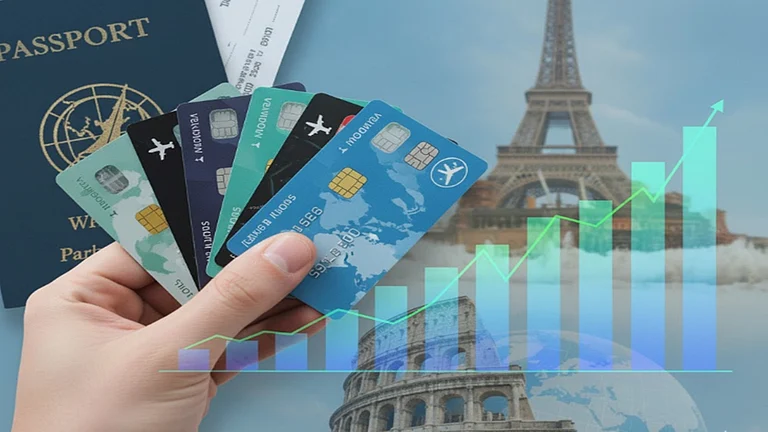India was a late joiner to the credit card club. So, for a long time, credit card rewards went a long way in attracting and retaining customers. When rates and customer spend were high, banks had enough room to offer generous credit card rewards. Post-COVID, things began to change. Between softening spends, increasing delinquency, and reward costs mounting, many reward programmes are turning out to be financially unsustainable.
Low-margin, high-frequency spends such as rent and wallet loads have added to the squeeze, leading to an almost complete overhaul of credit card rewards. In today’s realigned world, thus, if you want to keep earning rewards, your card strategy must evolve too.
Step 1: Adapt
First, read your updated card terms. Know what spends earn rewards and what doesn’t. Many cards now offer high rewards only in specific categories. Use your cards where they perform best.
For instance, “if your card gives you 3 per cent on groceries and 1 per cent elsewhere, channel your grocery spends towards that card. Use your other cards in the same way for travel, fuel, and shopping. Treat your wallet like a team, not a one-size-fits-all solution,” says Adhil Shetty, CEO, Bankbazaar.com.
Step 2: Assess
Several rewards, such as lounge access or cashback, now come with a minimum threshold. So, track your spending to make sure you meet your card’s milestones. Automate recurring bills through the most-rewarding card to make the most of them.
“Use apps or alerts to stay updated. Avoid using your credit cards for excluded spends like rent, wallet loads, and gaming. These no longer fetch points and may incur fees. Unless you need credit liquidity, switch such payments to UPI or debit,” advises Shetty.
Step 3: Redeem
Many reward points now come with an expiry date, usually 12-24 months. So, keep track of your points and use them before they lose value. Redeem them for vouchers, statement credits, or travel, whichever gives you the best rate, but compare before you click redeem.
For instance, your points may be converted to airline or hotel loyalty programs at a better rate. Some may offer up to 30% more when you redeem through their travel platforms.
Step 4: Optimise
If your card no longer fits your lifestyle, consider switching. Look for cards with clearer rewards, better value, and lower fees. Avoid high-interest EMIs unless essential and stick to no-cost EMI offers, especially on big-ticket purchases.
Finally, use your issuer’s reward calculator to estimate monthly gains and compare cards. If returns are consistently underwhelming, it’s time to rework your card strategy.












